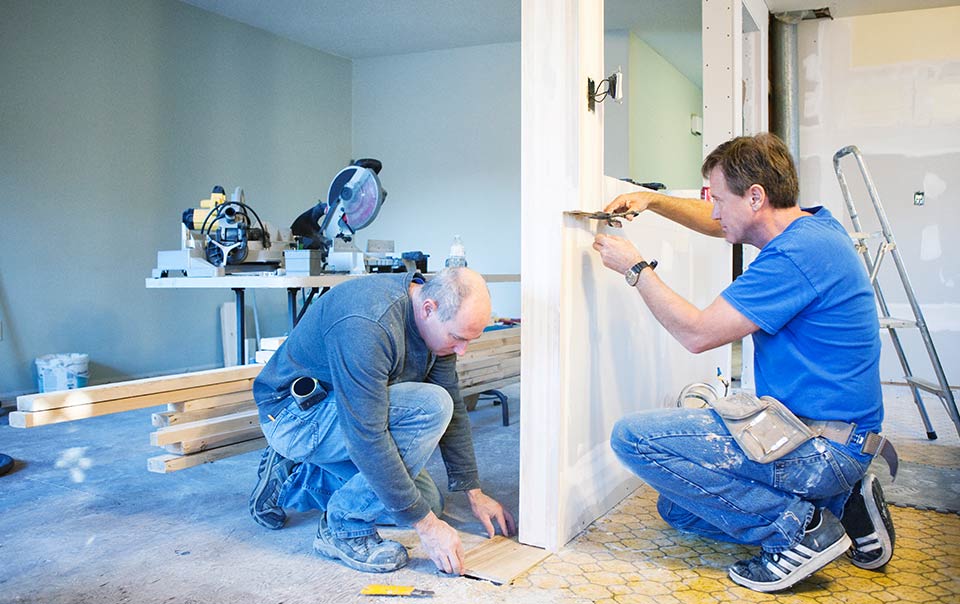How to Remodel Your Home at Little to No Cost
See below for a number of free options for seniors to remodel their home, bathroom or kitchen. Take advantage of these programs before they expire.
Remodelling your home can be a daunting task due to the costs associated with it. However, there are ways to remodel your home for free or at a minimal cost by taking advantage of do-it-yourself (DIY) strategies, federal and state grants, and specific programs designed to help low-income Americans. Let’s delve into these options.
Do-It-Yourself Options
DIY remodelling is an excellent way to save money, and it doesn’t necessarily require you to be an expert handyman. With an array of online resources available, you can learn to do most basic home improvement tasks yourself. Here are some DIY strategies you can apply:
- Repurposing and Upcycling: Instead of buying new items, try repurposing old furniture or objects. A quick online search will lead you to many tutorials on how to upcycle items and give them a new life.
- Barter Systems: If you have a skill that others may find useful, such as graphic design or landscaping, consider a barter system. You can exchange your skills for someone else’s home improvement expertise.
- Community Tool Banks: Check if your city or town has a community tool bank. These are organizations that lend tools and equipment to community members for free or a small fee. This can save you the expense of purchasing your own.
Federal and State Grants
Both the federal and state governments offer various grant programs to help homeowners with renovations. Some of these grants are specifically geared towards improving energy efficiency or making homes more accessible.
Rural Repair and Rehabilitation Grants
For those living in rural areas, the U.S. Department of Agriculture offers these Repair and Rehabilitation Grants worth $7,500 to remove health and safety hazards or to make the home accessible for household members with disabilities. These grants are designed to help low-income homeowners in rural areas repair and rehabilitate their homes. The program aims to ensure homes meet health and safety standards or to modify them for accessibility if a resident has a disability. To qualify, the homeowner must have a family income below 50% of the area median income. The grants are typically available to homeowners who are 62 years old or older and can be used to make general repairs, improve or modernize the home, or to remove health and safety hazards.
Weatherization Assistance Program (WAP)
The Weatherization Assistance Program federal grant is available for low-income families to make their homes more energy-efficient, which can indirectly free up funds for other home improvements. Administered by the Department of Energy, the WAP works with state governments and local agencies to provide these services, which can include insulating attics and walls, sealing and repairing ducts, tuning and repairing heating and cooling systems, and even installing energy-efficient appliances or lighting.
State Level Programs
Many states also provide grants or loans for home improvement. Check with your state’s housing authority or community development agencies to explore these opportunities. Your city or county might also support a number of different programs to help you upgrade or remodel your home at no cost.
Programs for Low-Income Americans
Several programs are available specifically for low-income Americans:
Habitat for Humanity’s Home Preservation Program
This program offers exterior home improvement assistance to eligible homeowners so they can preserve their homes in a safe and decent condition.
Single Family Housing Repair Loans and Grants
The Section 504 Home Repair Program is a program by the U.S. Department of Agriculture that provides loans and grants to very low-income homeowners to repair, improve, or modernize their dwellings or to remove health and safety hazards. Under Section 504, there are various programs and initiatives that aim to assist individuals with disabilities in accessing and maintaining suitable housing. These programs may provide financial assistance or grants to eligible individuals or families to make necessary repairs or modifications to their homes. People are eligible for a $7,500 grant and a $20,000 loan to make housing improvements.
The specific details and availability of Section 504 Home Repair Programs can vary depending on the state, local government, or organization administering the program. Generally, these programs focus on making homes more accessible and accommodating for individuals with disabilities, improving safety, and ensuring a decent living environment.
Community Development Block Grant (CDBG) Program
This program provides communities with resources to address a wide range of unique community development needs. Part of this grant can be used for home rehabilitation.
Conclusion
While remodelling your home for free might sound too good to be true, it’s possible with the right resources and a bit of creativity. By tapping into DIY opportunities, making the most of federal and state grants, and leveraging programs for low-income Americans, you can refresh your space without breaking the bank. Be sure to do your research and take advantage of the resources that are available to you. Happy remodelling!

